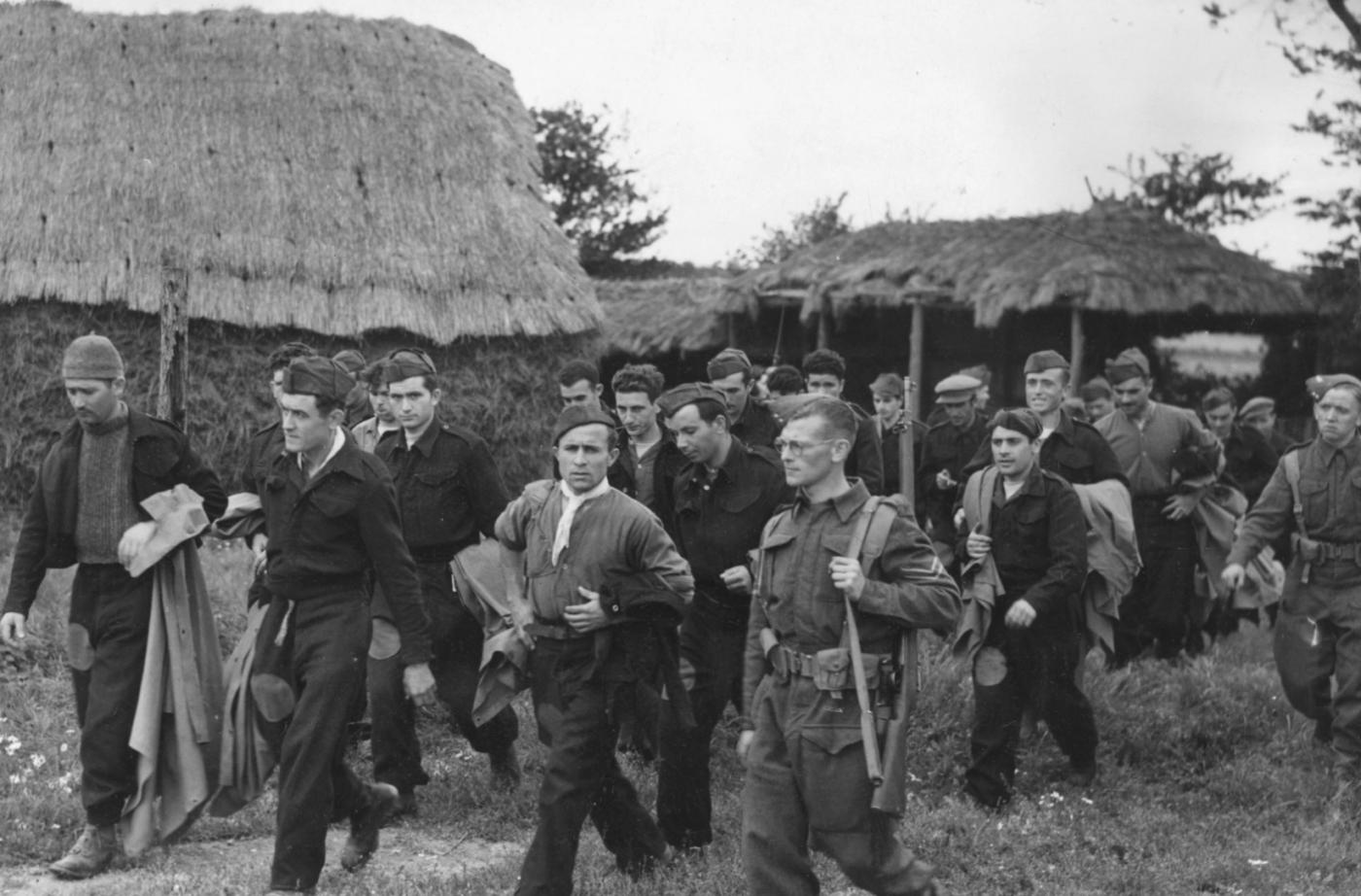
Britains ww2 prisoner of war camps
During the Second World War, Britain held tens of thousands of German prisoners of war (POWs) in camps scattered across the country. These camps were built to house the growing number of captured soldiers, including both regular troops and high-ranking officers. At its peak, Britain was responsible for around 400,000 POWs, most of whom were held in the UK itself by the end of the war. Some had been captured in North Africa, others in Western Europe, and many were shipped to Britain as part of Allied efforts to manage the flow of enemy prisoners.
The camps varied in size and conditions. Some were little more than temporary huts or tents, while others were purpose-built facilities with barbed wire, watchtowers, and strict regulations. Locations ranged from remote countryside to disused airfields, and many camps were spread throughout England, Scotland, and Wales. Officers were often separated from lower-ranking soldiers and kept in more secure or discreet locations. While the conditions were generally better than those in Axis POW camps, life was still hard for the prisoners, especially during the early years when rations were tight and the future uncertain.
One of the most notable aspects of the POW experience in Britain was the use of prisoner labour. With much of the British male population enlisted in the armed forces, there was a significant shortage of labour, particularly in agriculture. From as early as 1943, the British government began putting German POWs to work on farms across the country. The Geneva Convention allowed the use of enlisted prisoners for labour, as long as it wasn’t connected to the war effort and conditions were humane. Many prisoners worked long hours planting, harvesting, tending animals, and maintaining rural infrastructure.
Despite initial suspicion and resentment, especially after years of war, many British farmers came to rely on and even appreciate the help of the German POWs. In turn, many of the prisoners developed a surprising fondness for the British countryside and the sense of normality that came with farm work. Friendships even formed in some cases, and by the war’s end, attitudes had softened significantly on both sides.
After the war ended in May 1945, the question of what to do with the remaining POWs became pressing. While some were quickly repatriated, the process took several years. Britain still faced labour shortages, and many POWs continued working on farms, sometimes voluntarily. The British government delayed mass repatriation until 1948, partly to help rebuild the economy. Over time, the numbers dwindled as men were sent home, but a notable number chose to stay. Estimates suggest that between 20,000 and 25,000 former German POWs remained in Britain permanently. Some had married local women, others no longer felt connected to post-war Germany, or feared persecution due to political associations. These men were gradually integrated into British society, finding work, starting families, and building new lives.
The last German POWs were officially repatriated in 1948, but a small number remained in Britain under different circumstances. The very last prisoner known to have been held in British custody was not a typical soldier, but a senior Nazi official: Rudolf Hess.
Hess, once Hitler’s Deputy Führer, made headlines in May 1941 when he flew solo to Scotland in an apparent peace mission, hoping to negotiate an end to the war between Britain and Germany. Instead, he was arrested and treated as a high-value detainee. For much of his captivity in Britain, Hess was held in secluded country houses, including the grand Mytchett Place in Surrey. Here, the British intelligence services created what became known as “Camp Z” — a secure facility for one man. His luxurious but confined surroundings included a comfortable room that, unbeknownst to Hess, was heavily bugged. Microphones were hidden in walls, fireplaces, and even light fittings, with the goal of eavesdropping on his conversations and any potential revelations. British intelligence hoped to learn more about Nazi plans, internal power struggles, or secrets about the German leadership.
Despite their efforts, Hess proved to be elusive and often paranoid. He suspected he was being watched and gave little away. In 1942, he was transferred out of Britain and later stood trial at Nuremberg, where he was sentenced to life imprisonment. He served the rest of his sentence at Spandau Prison in Berlin until his death in 1987.










